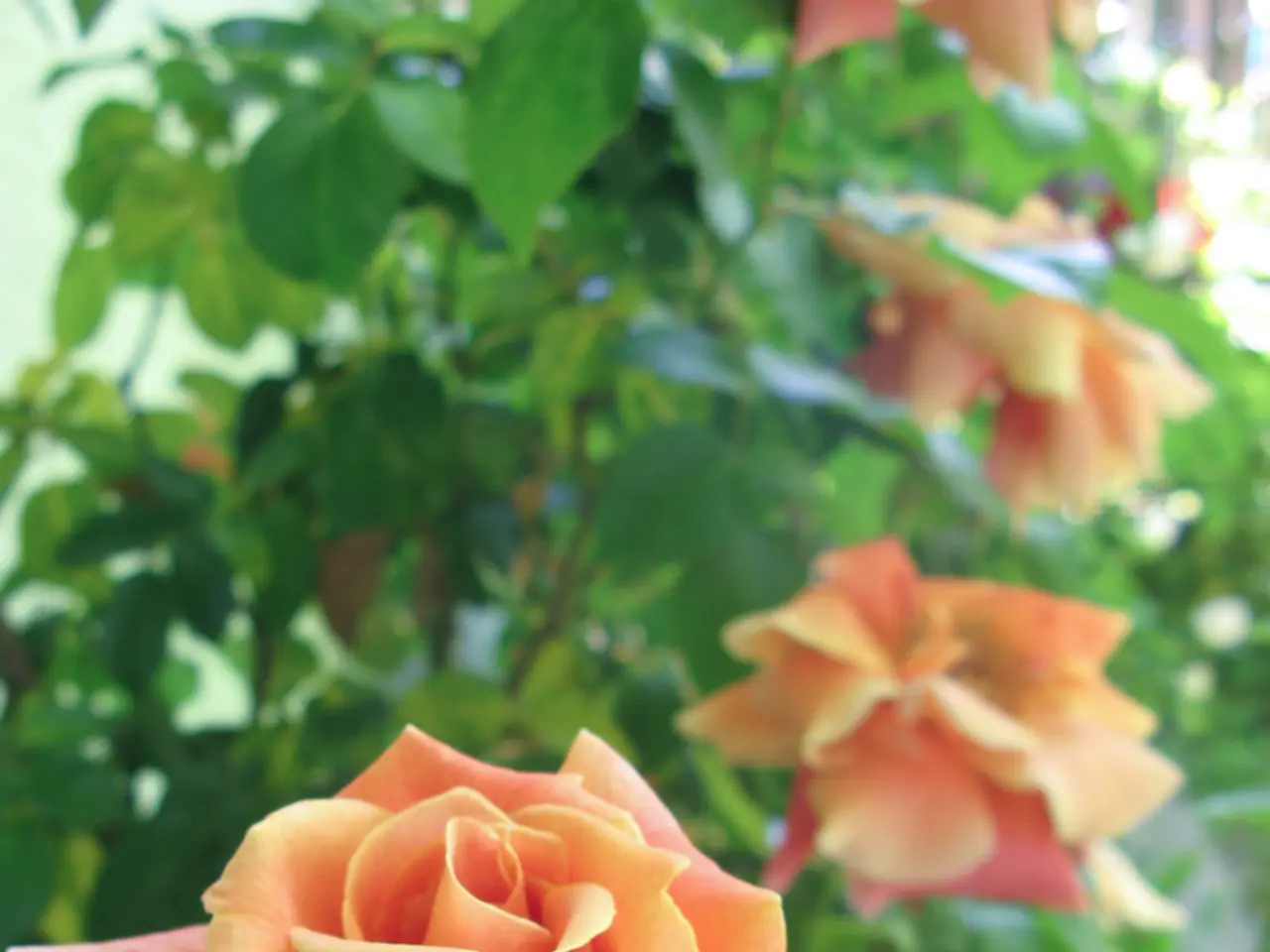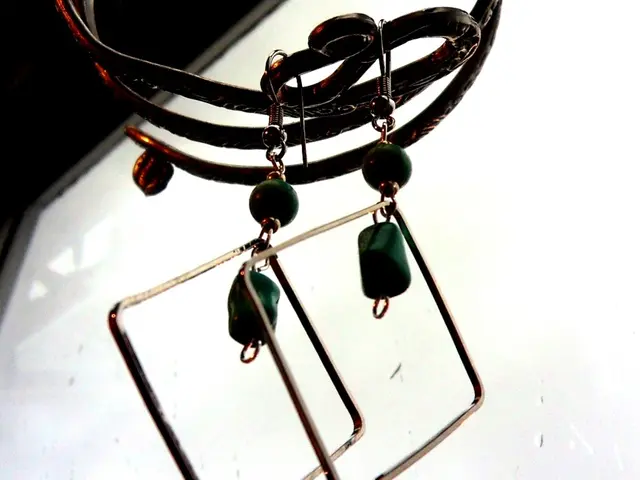Enhancing Clay Soil for Rose Cultivation: A Detailed Process
In the pursuit of a flourishing rose garden, understanding the intricacies of soil preparation is crucial. Clay soil, while abundant, can pose challenges due to its poor drainage and compact texture. However, with a few strategic amendments, you can transform your clay soil into a thriving environment for your roses.
Firstly, it's essential to test the drainage of your soil. Dig a hole about 12 inches deep and fill it with water. The ideal drainage time is within five to six hours. If the water takes much longer, your soil may be too slow to drain, and you will need to amend it. Conversely, if the water drains too quickly, your soil may be too sandy, and you will also need to enrich it.
One such method of enrichment involves the use of organic fertilisers like bone meal and blood meal. Bone meal, rich in phosphorus, promotes root development, seed development, and cell division. Blood meal, made from dried and ground animal blood, is a good source of nitrogen and helps produce healthy foliage. However, be mindful that blood meal is attractive to dogs but is mildly to moderately toxic to them, so consider using an alternative fertiliser if pets are a concern.
To create the optimal soil composition for roses, a ratio of about one-third sand to two-thirds clay soil is recommended. Sand or grit helps to create a looser texture, improves drainage, and allows excess water to drain away. Sand or grit specifically labelled as "grit" or "builder's sand" are ideal for improving drainage in clay soil.
Organic matter such as leaf mould, well-rotted horse manure, or compost made from grass clippings, leaves, and kitchen scraps can be added to the clay soil to improve its texture and drainage. Sand or grit should be mixed with a ratio of one-third to two-thirds compost or organic matter when amending clay soil.
Before planting roses, dig a hole that is significantly deeper and wider than the root ball, and surround the roots with organic material. After planting, mulch with a surface layer of 2-3 inches to help suppress weeds, keep the roots cool, and improve water retention.
It's also important to consider the soil pH before planting. Roses prefer a soil pH of around 6 to 7. If necessary, adjust the soil pH by incorporating sulfur for alkaline soil or hydrated lime for acidic soil.
When using blood meal, water the soil before and after application, and be cautious with over-application to avoid burning the rose.
In conclusion, by understanding the unique needs of roses and implementing the appropriate soil amendments, you can cultivate a thriving rose garden in even the most challenging clay soils. Happy gardening!
Read also:
- Water Chemistry Dosage Guidance from AskBRS: Understanding What, How Much, and When to Add!
- Nurturing Permafungi Cultivation: An Organic Handbook for Fungi Farming
- Building Solar Power Systems for New Residential Properties: Harnessing Tomorrow's Energy from the Earth's Core
- Emerging populace advocates for a public assembly, referred to as the People's Parliament.








